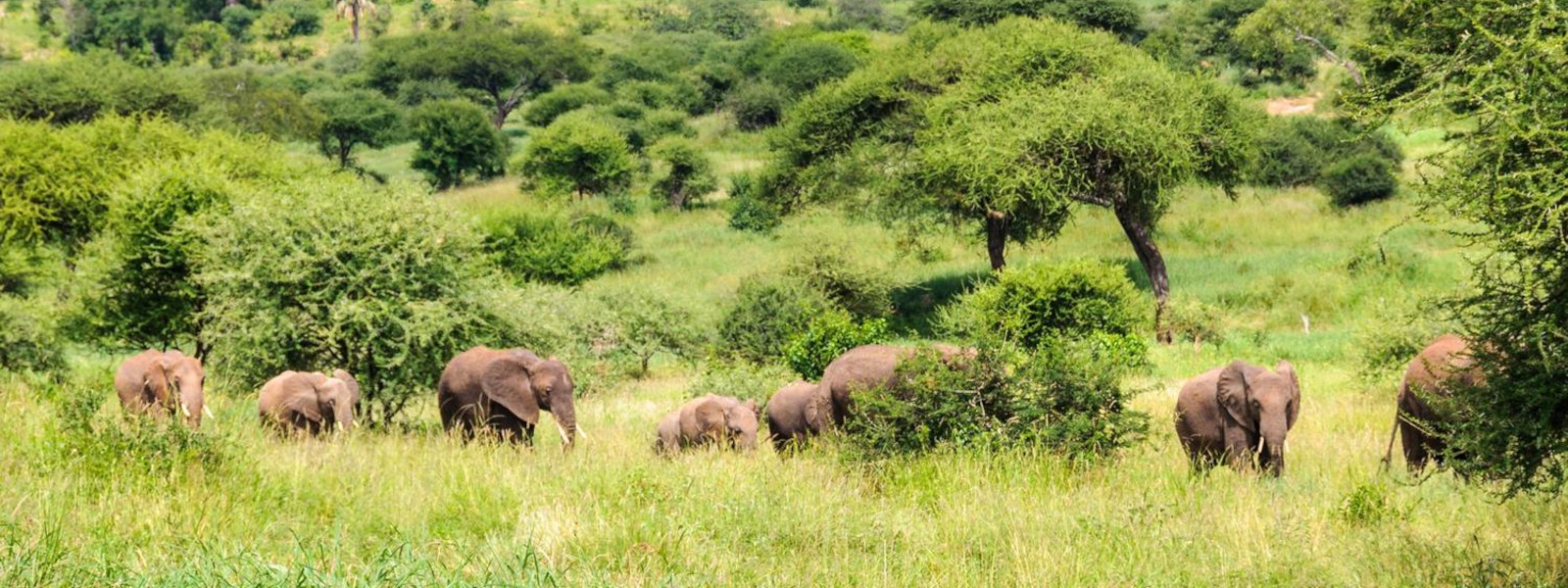Meru National Park

Meru National Park is a spectacular Kenya safari destination located East of Meru and straddles the equator covering an area of approximately 870 square kilometers, from Nairobi City the capital of Kenya Meru national park is approximately 350 kilometers.
Meru national park is the least spoilt and great wilderness to explore, the park became famous after animal conservationists Joy Adamson and her husband George Adamson hand – reared an orphaned Lioness Called Elsa which inspired the best – selling non- fictional book and award – winning movie Born Free. When Elsa died, her remains where buried in the park next to Adamson’s Falls where Tana River, Joy was also buried in the same area.
In the 1980s, Meru national park went through a dark time when poachers very aggressively poached and wiped out the entire population of white rhinos that had been reintroduced in the park. Their barbaric action forced the Kenyan government to promptly swing into action with the same force, driving out these poachers and tightening the security of the park. This was followed by the restoration of the once-thriving white population and other wildlife into the park hence bringing it back to its former glory.
The wildlife population in Meru national park has steadily increased over the years making the park one of the most promising protected areas and safari destination in Kenya as well as East African region.
Key attractions and Activities in Meru national park:-
Burial site of Joy Adamson and Elsa – the Lioness
Meru national park greatly thrives on the back of the animal conservationist joy Adam, when Joy Adam a wife to George Adamson who also died, she was buried in the park next to the grave of Elsa, the orphaned lioness who they hand-reared.
Because of the works the couple had done in Meru national park, a memorial site was constructed here in recognition of their efforts. This Dutch couple was the first explorers to enter the park and visitors interested in learning about their interesting history and conservation works can find all the information here.
Adamson’s Falls
The Adamson’s Falls situated in the cavern of Hastings, these falls are named after George and Joy Adamson – the notable animal conservationists. Adamson’s falls stands 50 meters high with fascinating sightings, hiking to the top of the falls take about 2-3 hours depending on the fitness level of the hikers but once at the top. The strenuous hike is so rewarding.
Bird watching
Meru national park is a home to over 300 bird species, visitors on a Kenya safari have an opportunity to see swamp, forest and open savannah species including Maasai Ostrich, Guineafowl, Fish Eagle, Kori Bustard, Palm Weaver, African Finfoot, Secretary Bird, Wattled Starling, Martial Eagle, and the Boran Cisticola among others.
Nature walks
A walking safari in Meru national park offers visitors an opportunity to get close to nature and focus on the smaller details in the park and get close up look on the animals inhabiting in the park including the Bohor reedbuck, cape buffaloes wallowing, elusive caracal and over 400 species of birds.
Game viewing
Meru national park is a home to all the members of African Big 5 and a variety of other rich wildlife species that are easily seen roaming around the wilderness of the park including elephant, rhino, cheetah, leopard, both Grevy’s and Plains zebra, reticulated giraffe, hippo, buffalo, and hartebeest among others.
Cats in Meru national park are more difficult to see due to the thick, tall grass cover and bushland. However, experienced driver- guides can be able to locate where these cats are and give visitors a chance to see these rarely sighted cats.
Cultural Safaris
Meru National park is a perfect destination for cultural safaris which are carried out in the local communities situated long the boundaries of the park. On the slopes of Nyambene Hills to the West of the park are the Meru people who are predominantly agriculturalists with hectares of Catha edulis plants (Miraa) and coffee. The Kamba, Borana and Orma pastoralist communities also live along the borders of the park, these people provide a rich cultural diversity and experience to visits who want to find out more about the rich lifestyle of these people.
Best to visit Meru National Park
Meru national park can be visited all year round, however the best time is during the dry season from June to September, in this period wildlife viewing is at its peak as animals crowd the watering holes during this season and therefore offer the best time for wildlife viewing.
The long rains between March and May and between and November which is short rain make wildlife viewing quite hard because of the grass tend to grow tall therefore sighting of animals becomes more difficult. Still the park can be visited at any time/season of the year.
How to get to Meru National Park
Meru National Park can be accessed by both road and air means of transport.
By road
From Nairobi, Meru National park can be reached via the Nyeri-Nanyuki route or using Embu or Ura gate
By Air
There are daily scheduled flights from Nairobi’s Wilson Airport to any of the 2 airstrips serving the park, the main airstrip at Kina, Mulika and Elsa Kopje’s airstrip.
Where to stay in Meru National Park
- Ikweta Safari Camp
- Rhino River Camp
- Merera Springs Eco-lodge
- Stansted Annex Hotel
- West Wind Hotel
- Elemana Elsa’s Kopje
- Alba Hotel Meru
- Leo